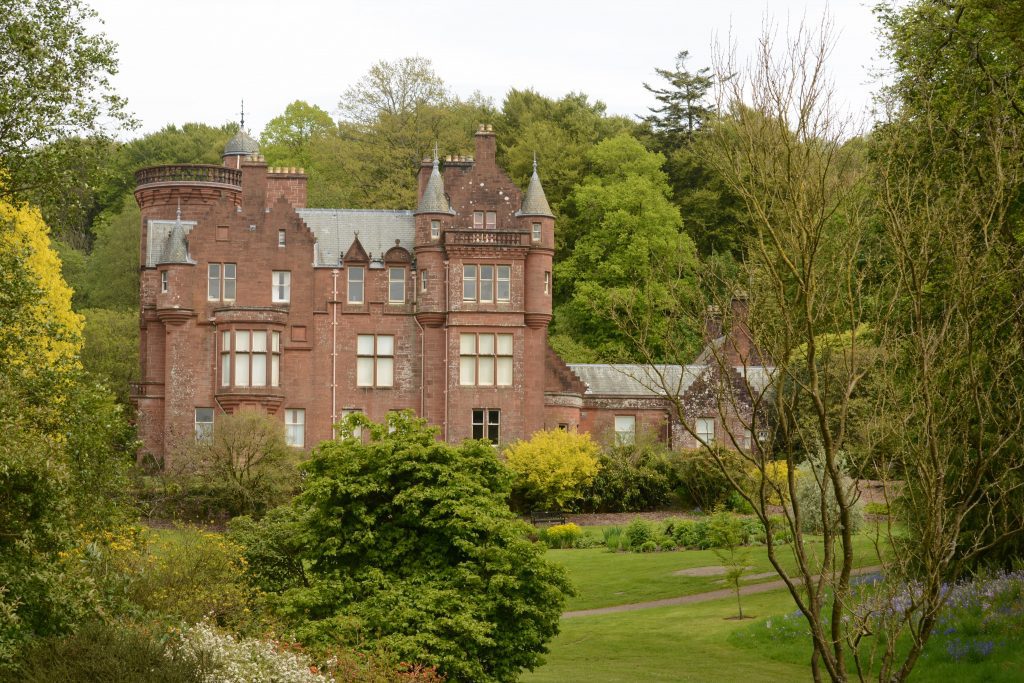Rising temperatures mean roses in November
Roses, usually a sign of high summer, were in bloom at National Trust for Scotland gardens all over Scotland on St Andrew’s Day 2015, a new survey has revealed.
The news comes as some gardens across Scotland are reporting spring bulbs appearing unusually early due to unseasonably mild December weather. Temperatures for Christmas Day are expected to be in the low teens.
The conservation charity surveyed 11 of its gardens from Threave Garden in the South to Inverewe Garden in the North to see what species were flowering on 30 November 2015.
This year it was roses putting on the biggest final floral flourish. These were still in bloom at Crathes Castle near Banchory, Geilston Garden in Cardross, Fyvie Castle near Turriff, Greenbank Garden in Glasgow, Haddo House near Ellon, Inverewe Garden in Poolewe, Threave Garden near Castle Douglas and Arduaine Garden near Oban.
Although the flowering season was extended in 2014 too, the reasons for this are different, the conservation charity says.
Gardens Assistant Kate Barnard who is analysing the survey said:
“Last year it was the hot summer that extended flowering times, but this year the summer was pretty mediocre, so it is probably the exceptionally mild November that has allowed plants to continue flowering or to repeat flower.”
Fuchsias and Hydrangeas were also in full flower across the country, alongside annuals such as Calendula and Gazania and native wildflower species Foxglove (Digitalis purpurea) and Red Campion (Silene dioica).
More exotic species were also still flowering in late November including Arduaine Garden in Argyll’s Yucca filamentosa with its striking spike of creamy flowers. This plant is native to the South-Eastern USA and usually flowers in the UK in July/ August.
Changing weather patterns are not all good news for gardens, the conservation charity warns. The increase in severe weather events with high winds and flooding that cause fallen trees, path washout and waterlogging of beds are a problem for gardeners in the longer-term. Pests could also be on the increase too.
Robert Grant, Head of Gardens and Designed Landscapes said:
“There are fewer frosts to control the insect pests that increase in number year on year, if not naturally controlled.”
The National Trust for Scotland Head Gardeners have been carrying out an annual St Andrew’s Day Flowering Plant Survey each years since 2011 and the records of late flowering perennials, and those that normally flower in spring but are being forced to flower unseasonably early, are being maintained to build up a long term picture of the effects of changing weather patterns on our garden heritage.
The conservation charity cares for 70 designed landscapes and gardens of all sizes, with many open to visitors all year round. For more information, visit www.nts.org.uk.





